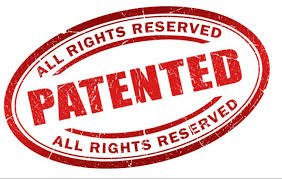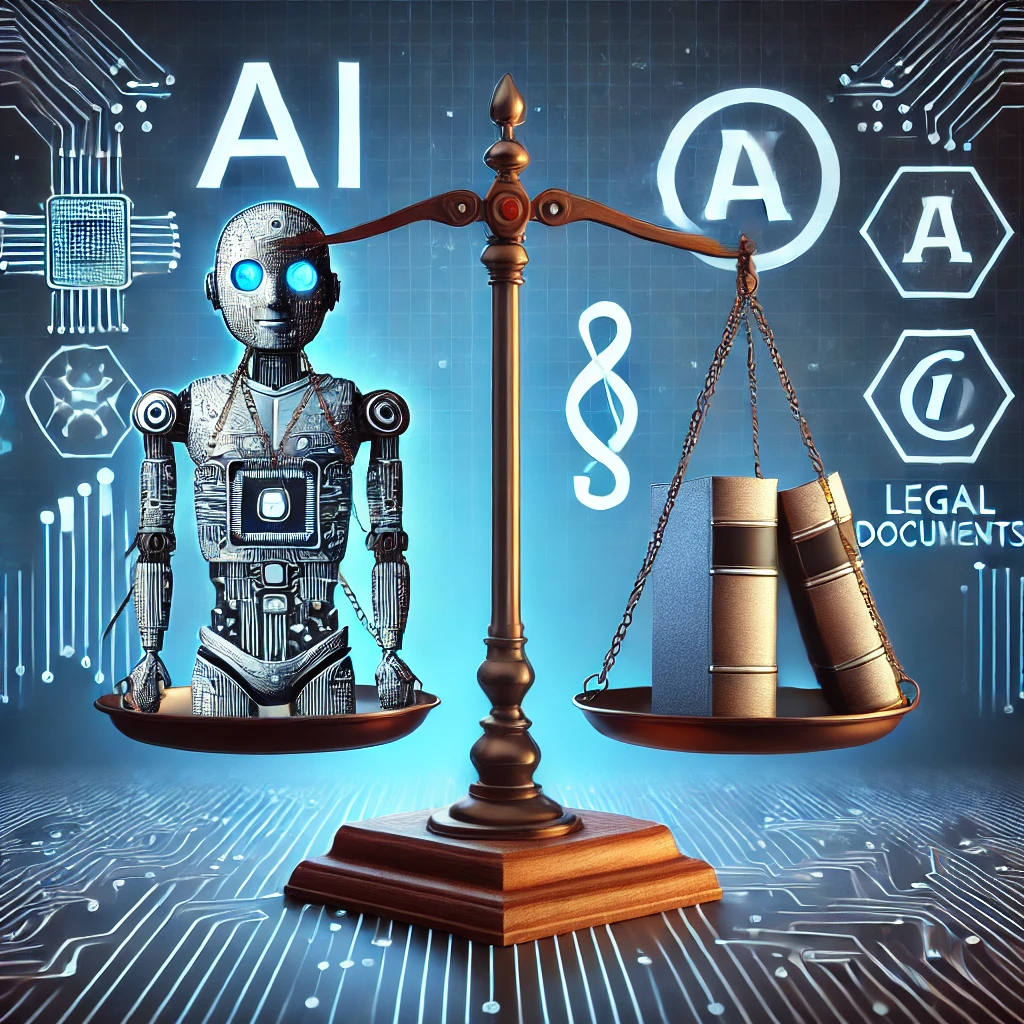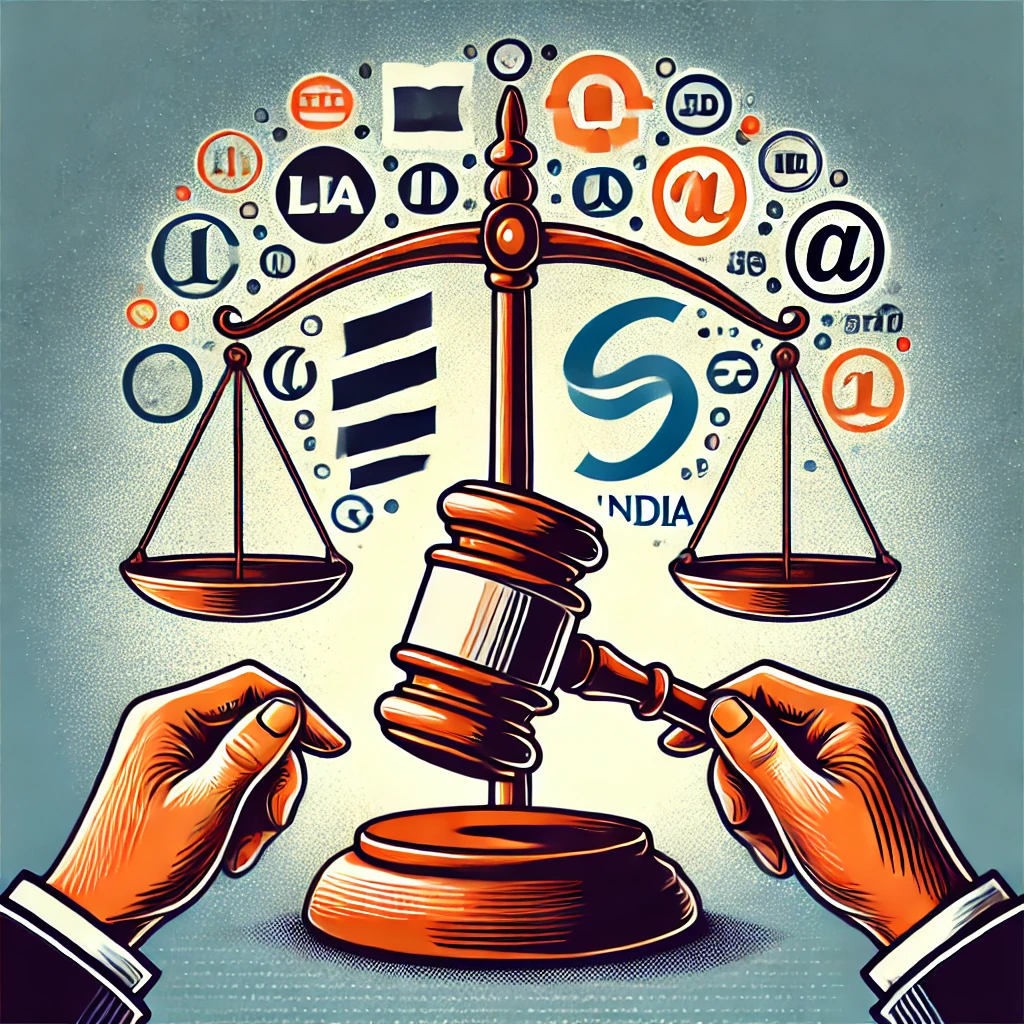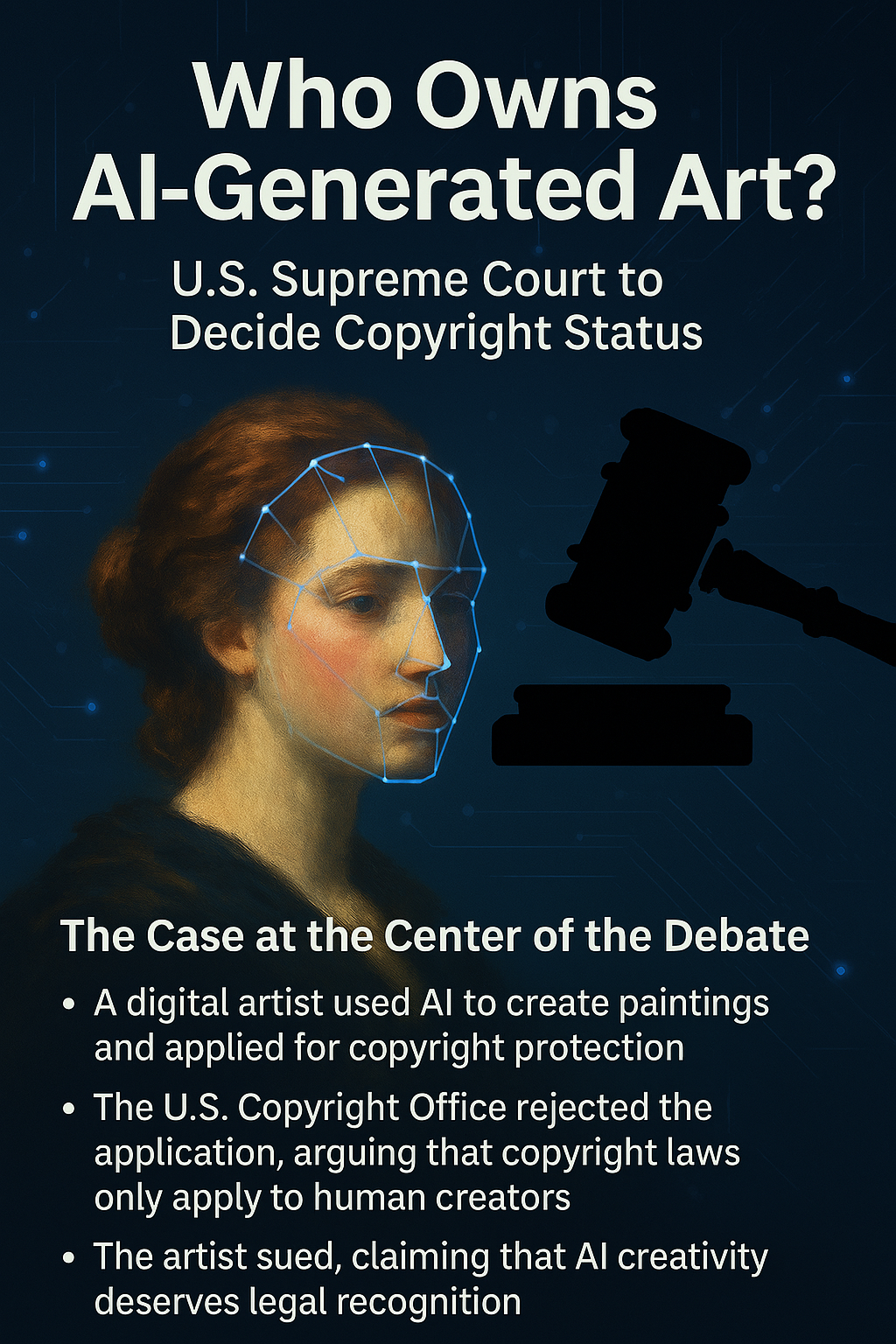Analysis of IP Issues in Cyberspace: A Case Study of Deep Linking
Analysis of IP Issues in Cyberspace: Case Study of Deep Linking
1. Introduction
Cyberspace has transformed how content is accessed, shared, and monetized.
The Internet’s structure enables hyperlinks that connect web pages.
Deep linking refers to linking directly to a specific page or resource within another website rather than the homepage.
While technically straightforward and common, deep linking raises complex IP and legal questions.
2. What is Deep Linking?
It allows users to bypass the homepage or advertisements.
Used for convenience, reference, or to direct users to relevant content quickly.
3. IP Issues Raised by Deep Linking
A. Copyright Concerns
Websites contain copyrighted content (text, images, videos, databases).
Deep linking may allow users to access copyrighted content without passing through the website’s monetization or advertising pages.
Some owners argue deep linking:
Undermines their revenue model.
Is equivalent to unauthorized use or distribution of content.
However, courts generally hold that linking does not constitute direct copying and does not violate copyright unless actual content is copied or embedded unlawfully.
B. Trademark Issues
Trademarks identify source or origin.
Deep linking may raise trademark infringement or dilution concerns if:
The linked page’s content causes confusion about the source.
The hyperlink misleads users into believing an affiliation or sponsorship that does not exist.
The use of trademarks in URLs or links should avoid passing off or misrepresentation.
C. Database Rights and Sui Generis Rights
Certain jurisdictions (like the EU) grant special rights for databases.
Deep linking may provide access that infringes on database rights if it circumvents paywalls or protection mechanisms.
D. Contractual and Terms of Use Issues
Websites often have terms of use prohibiting deep linking or framing.
Breach of such terms could lead to claims of breach of contract or trespass to chattels.
Enforcing such terms can be tricky, especially where users are external and non-registered.
4. Landmark Cases
A. Ticketmaster Corp. v. Microsoft Corp. (1997, USA)
Ticketmaster sued Microsoft for deep linking to internal event pages.
The court did not prohibit deep linking but found some links misleading.
Highlighted the tension between technological ease of linking and IP/contract rights.
B. Perfect 10, Inc. v. Amazon.com, Inc. (2007, USA)
Court held that linking to images stored elsewhere is not direct infringement if images are not copied.
Clarified that inline linking differs from deep linking but shares principles.
C. MySpace Inc. v. Wallace (2008, USA)
Issues about framing and deep linking for copyrighted content.
Courts lean towards protecting linking as part of free flow of information.
5. Indian Context
Indian law recognizes copyright, trademark, and contract law protections.
No specific statutory provision addresses deep linking.
Courts generally follow international principles supporting free linking unless it amounts to:
Unauthorized copying.
Misleading trademark use.
Breach of contract or unfair trade practice.
Website owners may enforce policies prohibiting deep linking but practical enforceability is uncertain.
6. Balancing Interests
| Stakeholder | Interests | Possible Conflicts |
|---|---|---|
| Website Owners | Protect IP, revenue, brand integrity | Deep linking bypasses ads, revenue models |
| Users / Public | Access information quickly, freely | Over-restrictive IP enforcement limits access |
| Linking Sites | Reference, convenience, user experience | Risk of liability for infringement or misrepresentation |
7. Legal & Practical Recommendations
Clear terms of use regarding linking and framing.
Use robots.txt or technical measures to control deep linking if desired.
Trademark owners should monitor and act against misleading links causing confusion.
Courts should continue to protect free flow of information while respecting IP rights.
Users and linking sites should attribute sources clearly and avoid misleading representations.
8. Conclusion
Deep linking is a technically simple but legally complex issue at the intersection of IP law and internet technology.
While courts often protect the right to link freely, context matters — unauthorized use causing confusion or bypassing protection can lead to infringement or contractual claims.
In India and globally, evolving jurisprudence continues to balance innovation, access, and IP protection in cyberspace.
Do write to us if you need any further assistance.







0 comments